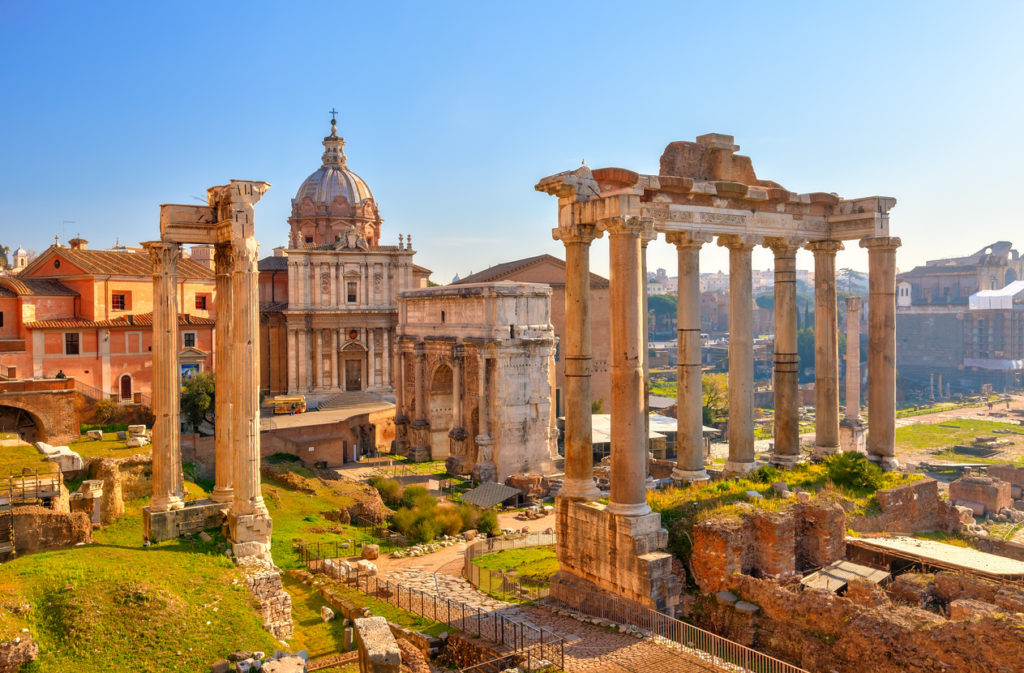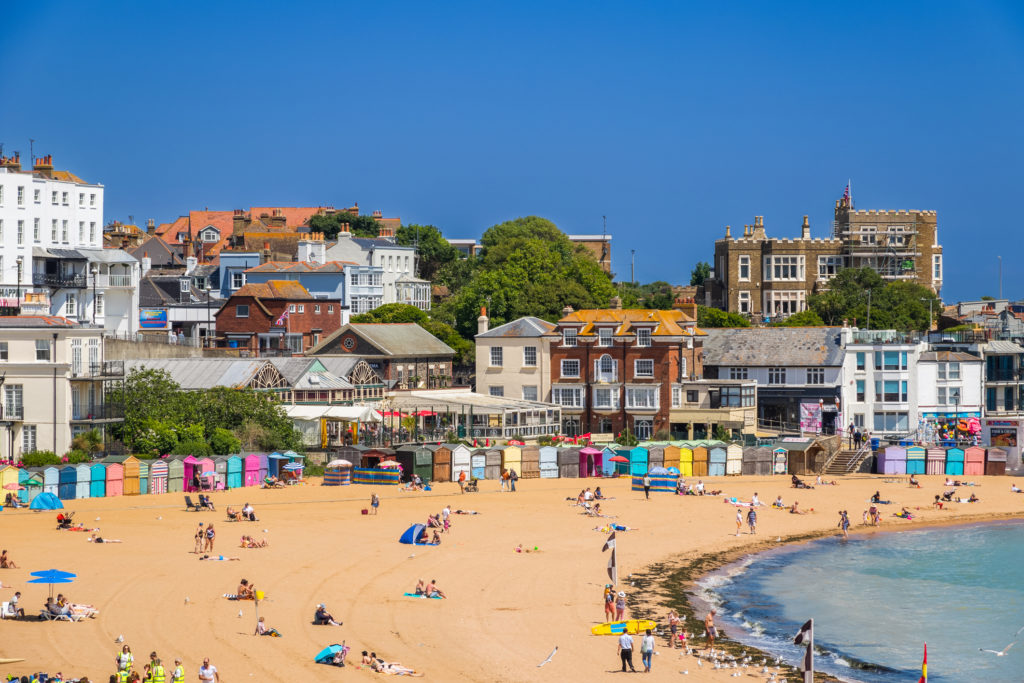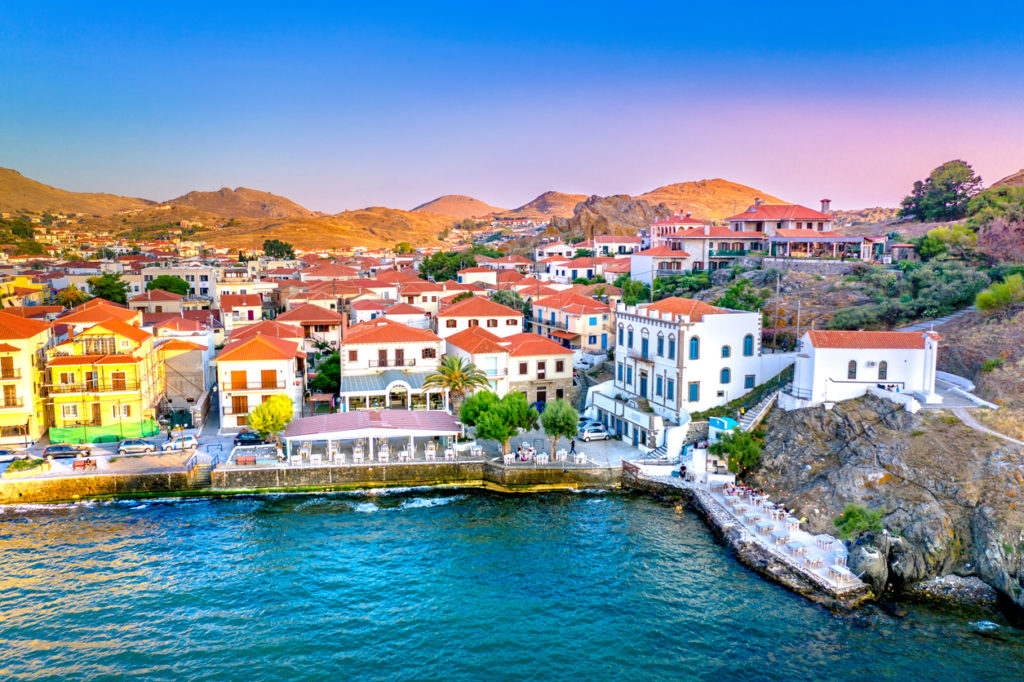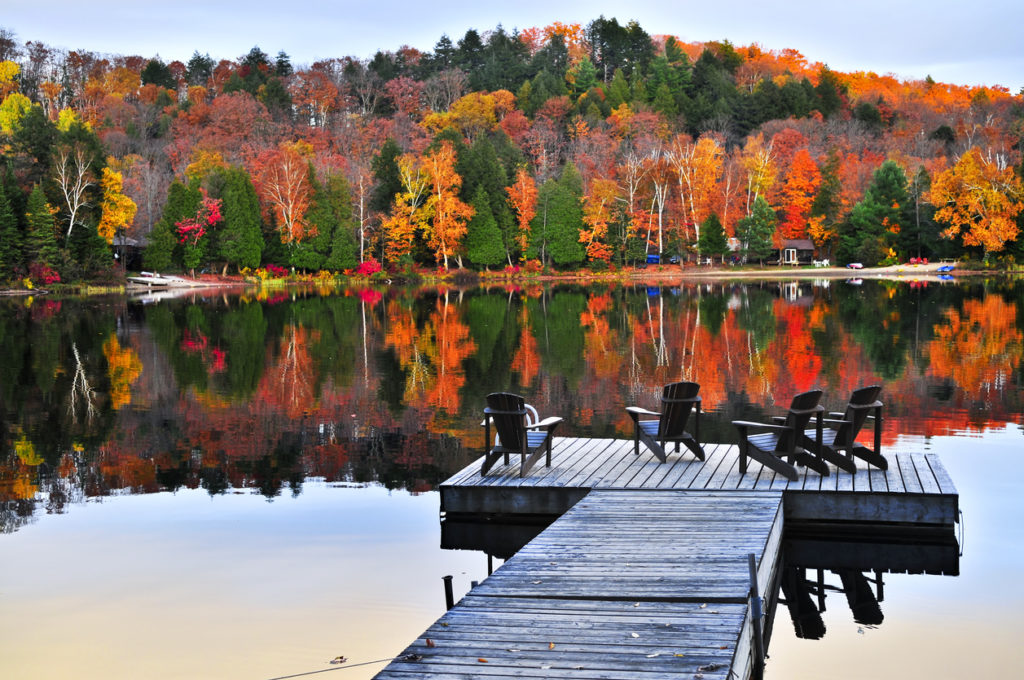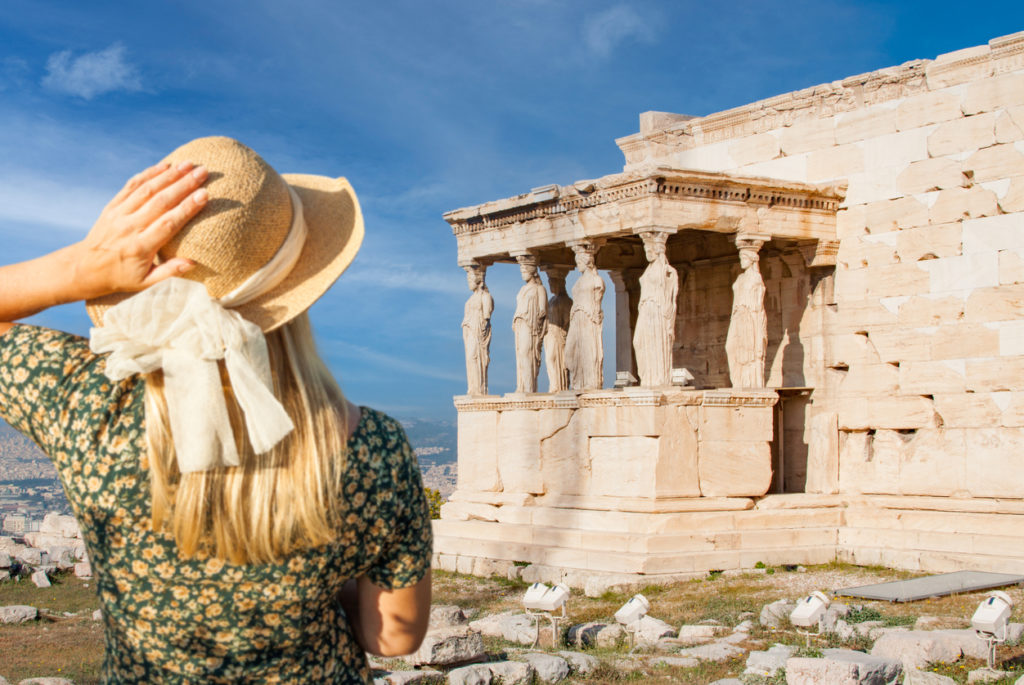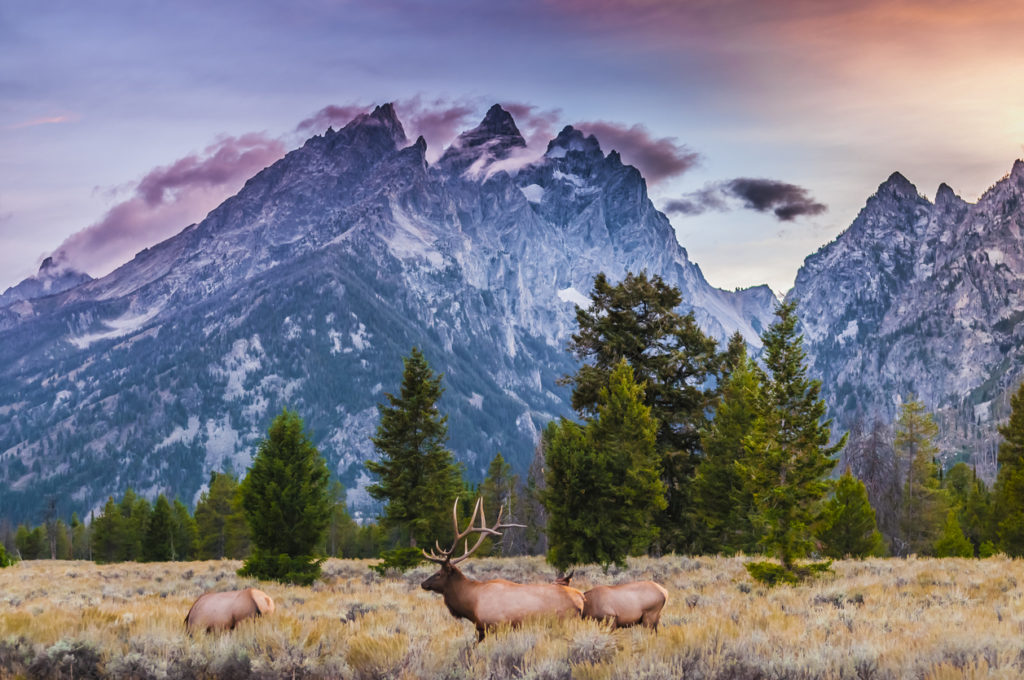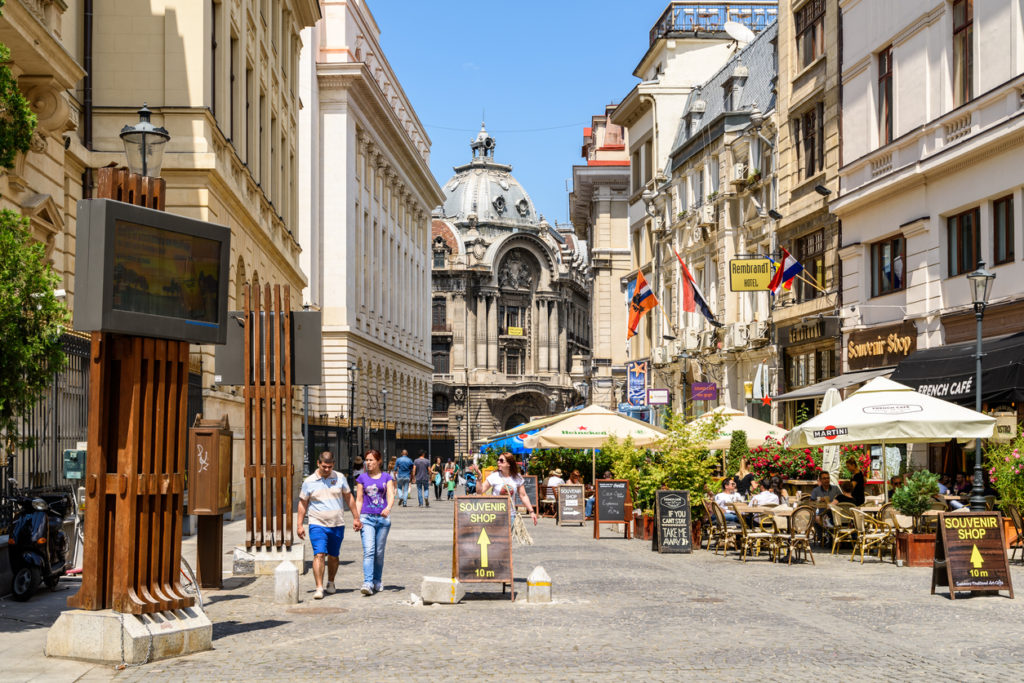
The story goes like this! Way back in the day, around 1900, when Romania was ruled by King Carol I, and the Romanian aristocracy used French words to greet each other and wore the latest Paris fashions, Bucharest was known as Little Paris of the East.
Yes, before the communist era, when Nicolae Ceaușescu sunk Romania in the darkness of his dictatorship and ignorance, Bucharest was a little European jewel. The architecture was inspired by the Parisian structures, the boutiques were chic, and the locals were elegant, educated, and dynamic.
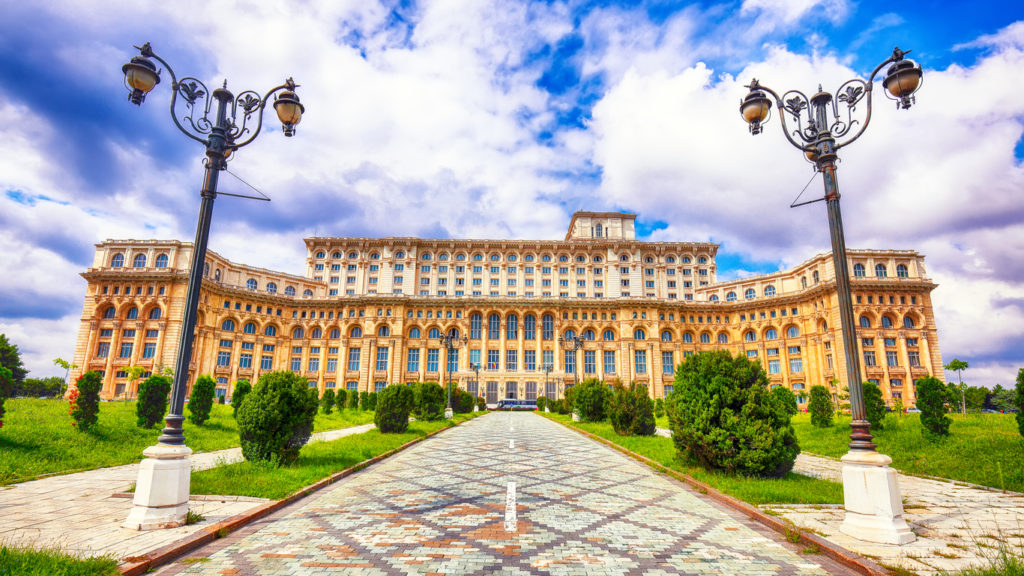
Nowadays, between grey apartment buildings, you can still discover traces of the impressive architectural heritage that reminded visitors of Paris. Even though Ceaușescu disfigured the beauty of Bucharest’s architecture, if you know where to search, you’ll find the old beauty of Bucharest.
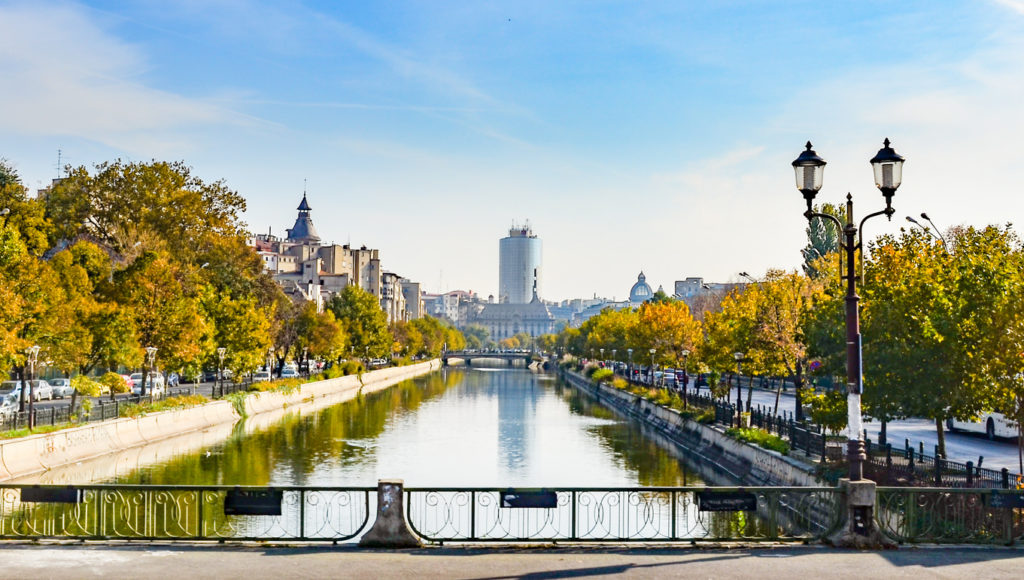
The Old Town – the heart of Bucharest
Home to about two million people and one of the biggest cities in Europe, Bucharest has reinvented itself in the past years and it’s becoming a trendy, cosmopolite capital with a quirky touch. Inviting visitors to discover eclectic neighborhoods and a beautifully restored Old Town, Bucharest is now worthy of all your attention.
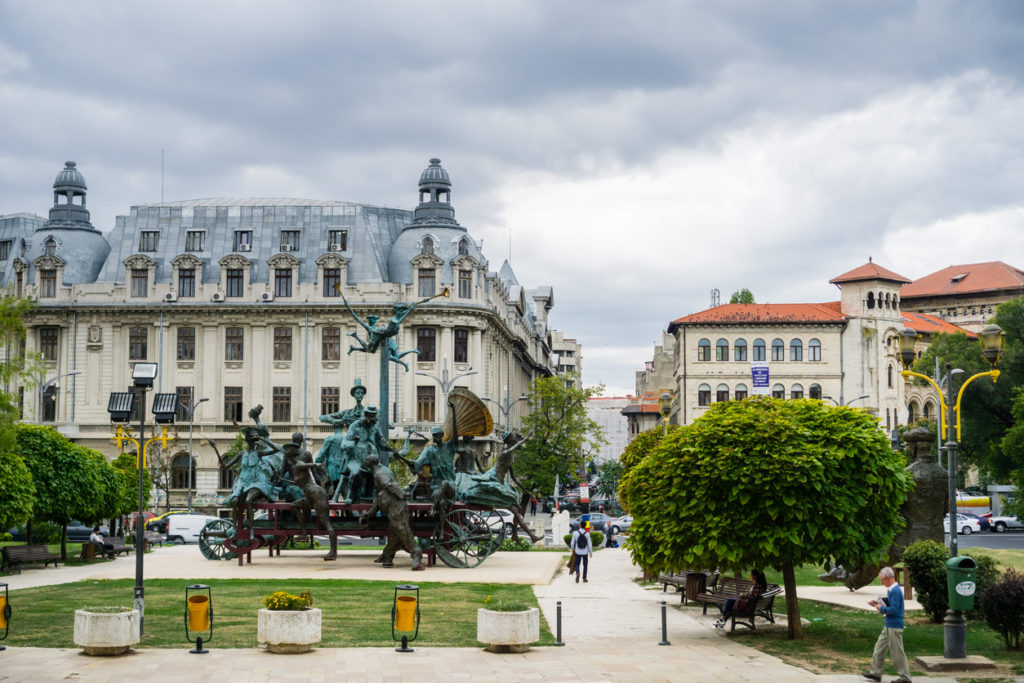
The Old Town will take you back in time in the 1900s with its narrow cobblestone streets, the legendary Lipscani Boulevard, impressive architecture and over 200 bars, restaurants, and nightclubs. Everybody gathers here in the evening, ready to drink a cold beer and celebrate something, anything! Just have a seat at Caru’ cu Bere beer hall and you’ll see a fine example of both interwar architecture and Romanian joie de vivre. Because if one thing can be said about the locals is that they love to celebrate and party!
As a matter of fact, Bucharest is famous for its nightlife and abundance of nightclubs where you can listen to any kind of music, from folk to rock. The bars and pubs have different themes and invite both locals and tourists to discover a variety of cultures, styles, and ambiance.
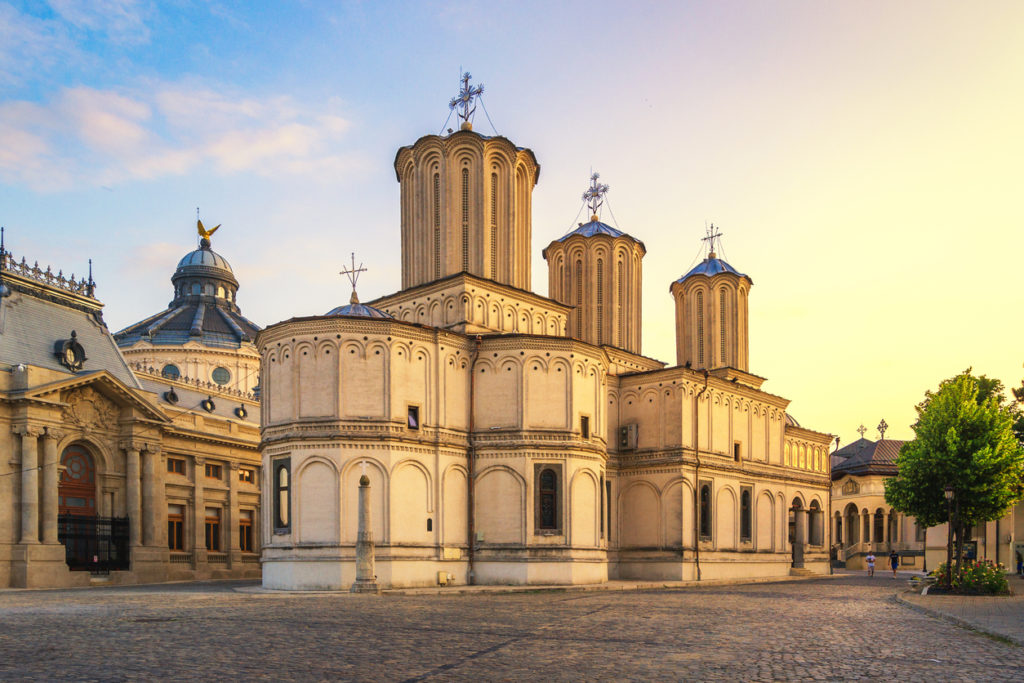
A walk along Calea Victoriei, the oldest and most enchanting street of Bucharest, will unveil the glamorous architecture of the Little Paris. Here you’ll find the most expensive shops in Bucharest, plenty of cafes and restaurants, but also emblematic buildings like Cantacuzino Palace, the National Museum of History, the National Military Club Palace, and the Headquarters of the National Savings Bank CEC.
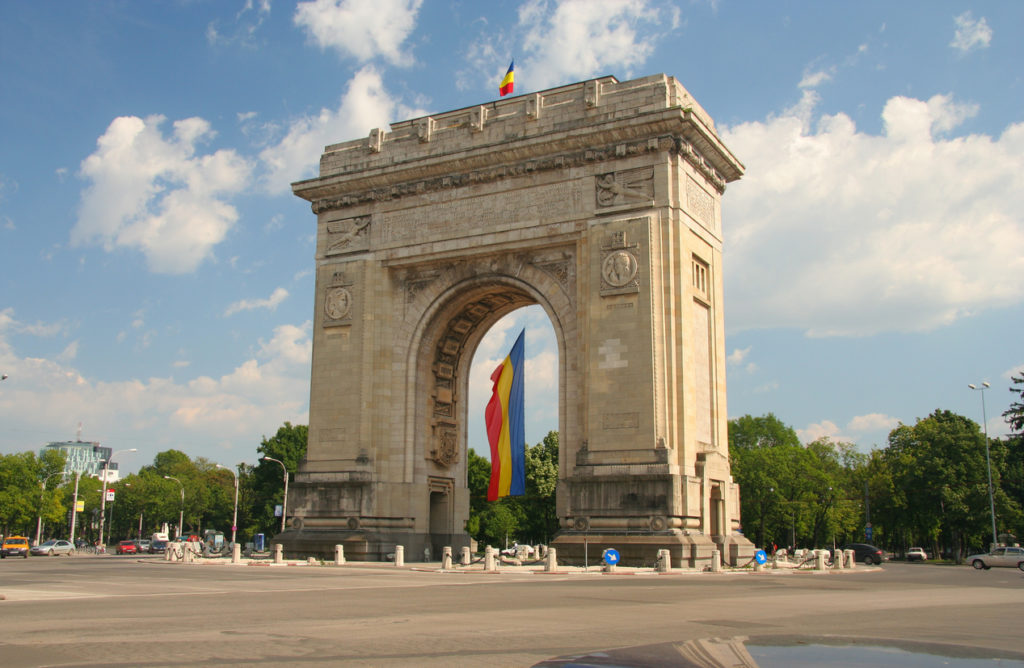
The cultural facet of Bucharest
Even back in the communist era, Bucharest continued to light a candle in the darkness of the communism through its fantastic artists and cultural events. The locals still love to go to theatre and opera, to attend musical performances, to read, drink tea, and visit museums.
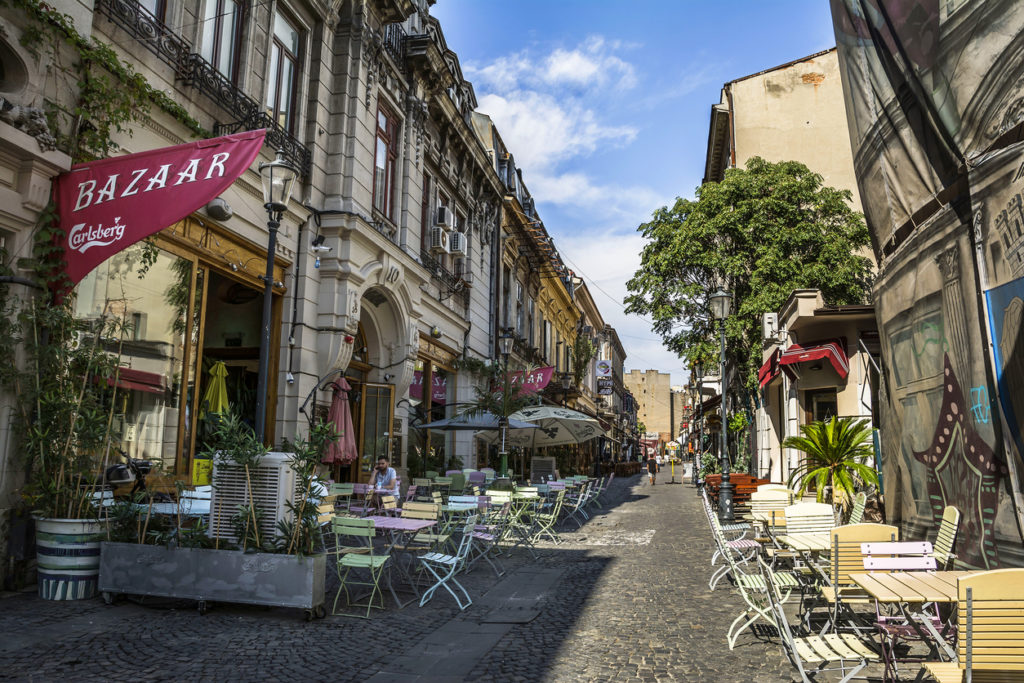
The Romanian Athenaeum is one of the most beautiful landmarks of Bucharest. While its architecture is quite simple, adorned with Doric columns, the Athenaeum inspires greatness, elegance, and respect. It has been built in 1888 with money donated by the general public following a design created by the French architect Albert Galleron, who also designed the National Bank of Romania. The Athenaeum is home to the famous George Enescu Festival.
Sala Radio is not only another important concert hall but also one of the most beautiful examples of Art Deco architecture that can be found in Bucharest.
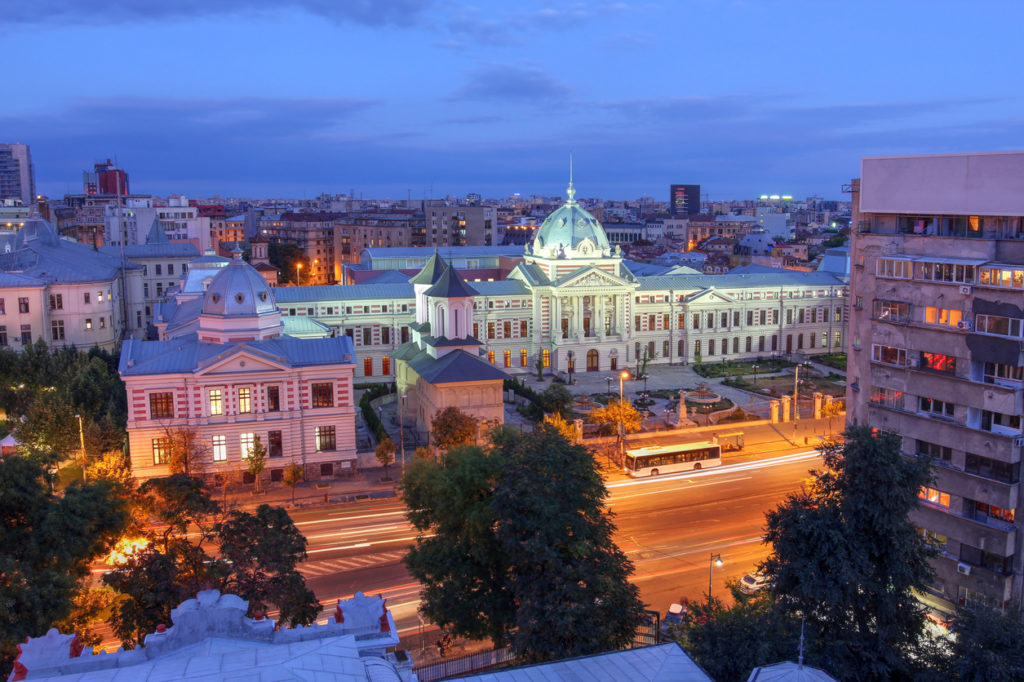
If you want to find out more about the Romanian history, you should visit the National Museum of Romanian History that awaits visitors in the Old Town and the National Museum of the Romanian Peasant that will take you back in simpler times, when Romanian peasants followed traditions and enjoyed the little things.
Romanians love to read so much that one of the bookstores in Bucharest is now a famous landmark and… Instagram spot. The Cărturești Carusel is an architectural gem situated on Lipscani Street, an undulating palace dedicated entirely to books, vinyl collections, tea and coffee.
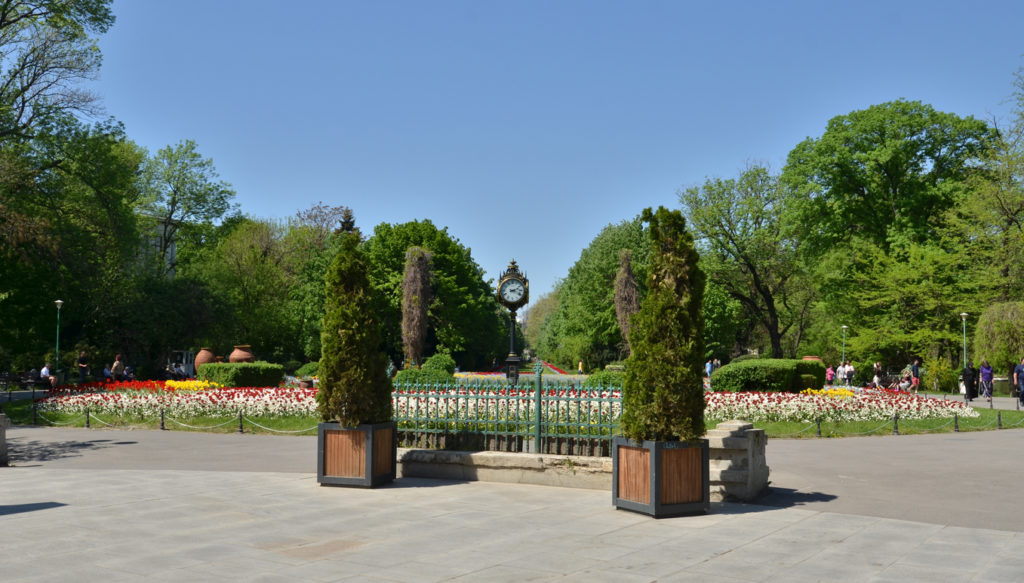
The parks and terraces of Bucharest
Bucharest is a green capital. Home to lovely parks and chic terraces, Bucharest knows how to keep its locals happy during the summer. Herăstrău is the biggest park in Bucharest, set around a beautiful lake, and home to numerous gardens and beautiful terraces near the water or over nice pontoons.
Cișmigiu Park has that certain touch of old and bourgeoisie and is a lovely green corner in a bustling city. The park delights locals since 1847 and is actually the first garden opened in Bucharest. It was designed by Wilhelm Mayer, the person who also designed the Imperial Gardens of Vienna.
The Palace of Parliament – a constant reminder!
The Palace of Parliament is the heaviest building on Earth and the second largest government building in the world after the Pentagon. However, it’s also a reminder of Ceaușescu ego and Romania’s darkest times.
An immense mausoleum built by Ceaușescu as a symbol of absolute power, the Palace of Parliament is a monstrous building erected in the 1980s. Today it houses the Palace of Parliament, an international conference center, and three museums, but these spaces take only 30 percent of the available space.
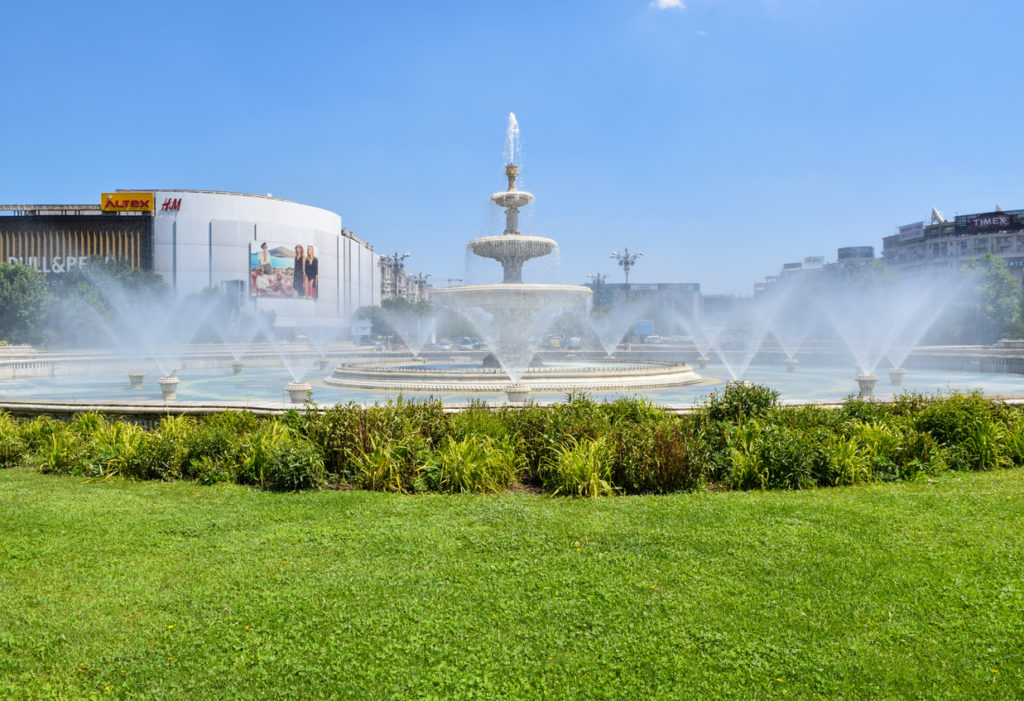
An opulent edifice built by starving the Romanians, who had their food rationed so that the dictator can bring to life his pet project, the Palace of Parliament is now dominating the Civic Center. This gargantuan concrete edifice reminds Romanians of what they had to endure but also that freedom is the most precious gift of all.
If you’re curious about the interior of the Palace of Parliament, you’ll be happy to know that you can visit a small part of the building, just enough to make an idea about the megalomania of Ceaușescu.
If you enjoyed this article you may also like: https://www.purevacations.com/braga-portugal/

